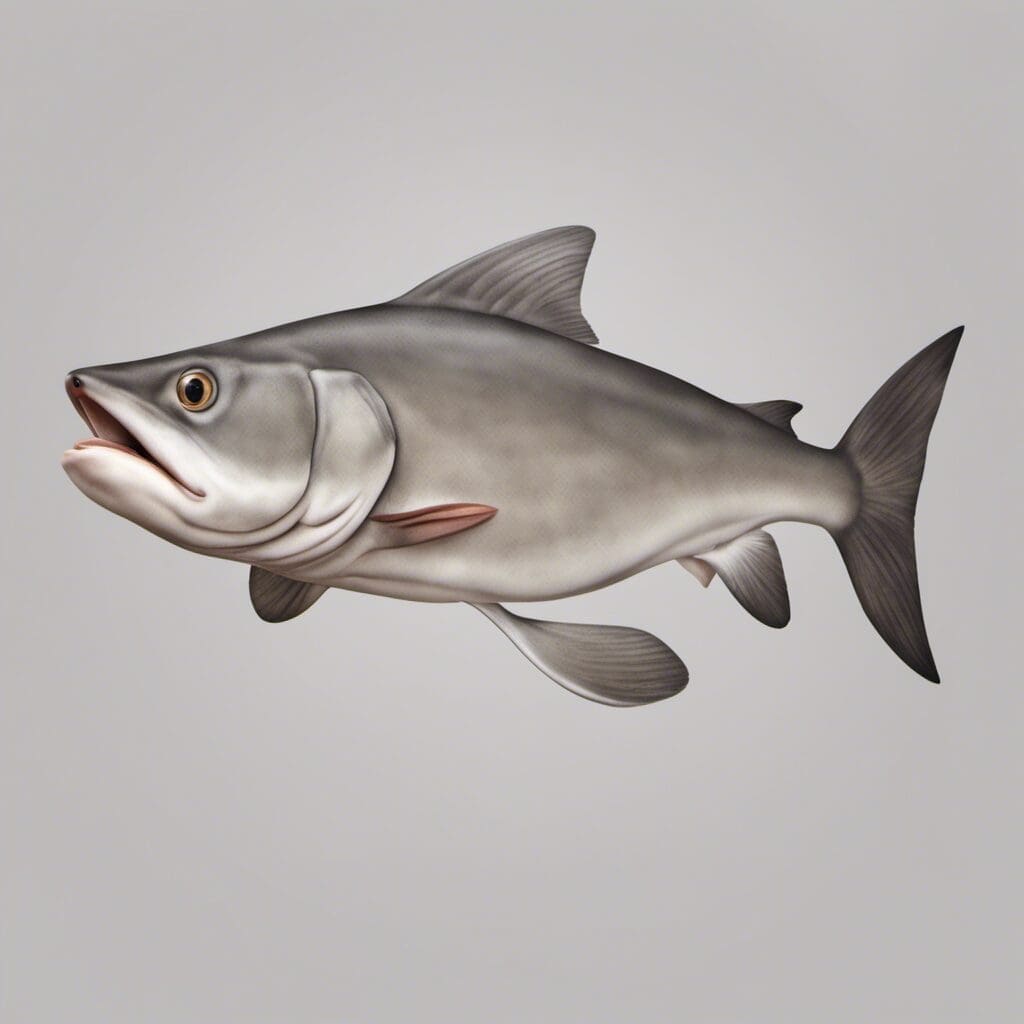Introduction
Species Name
The fish in discussion belongs to the species known as the Gray Smooth-hound, scientifically identified as Mustelus Californicus.
Family Name
Gray Smooth-hound is part of the Triakidae family, known for accommodating various types of houndsharks.
Conservation Status
Current Status
Presently, the Gray Smooth-hound falls under the classification of “Least Concern” on the International Union for Conservation of Nature (IUCN) Red List of Threatened Species.
Conservation Efforts
Conservation efforts for the Gray Smooth-hound primarily revolve around limiting commercial fishing and monitoring its population.
Statistics
| Length | Average: 100 cm | Range: 60-120 cm |
|---|---|---|
| Weight | Average: 20 lb | Range: 14-25 lb |
| Average Lifespan | 9-10 years | |
Distribution
Regions/Countries
Gray Smooth-hounds can primarily be found on the western coast of North America, from Oregon to the Gulf of California.
Migration Patterns
These houndsharks typically move inshore during spring and offshore during fall, possibly in correspondence with feeding and reproduction cycles.
Habitats
Water Type
Smooth-hounds majorly inhabit marine water bodies.
Depth Range
They primarily stay within waters having depth ranging from 0 to 200 m.
Temperature Range
They thrive in water temperatures between 50°F and 75°F.
When and Where to See
Seasonal Patterns
Gray Smooth-hounds are most frequently sighted during the fall and the spring.
Time of Day
These houndsharks tend to be more active during nighttime.
Best Fishing Locations
Top Fishing Locations
Some of the top fishing spots for these species include:
- Bodega Bay, California
- Monterey Bay, California
- San Francisco Bay, California
- Puget Sound, Washington
- Yaquina Bay, Oregon
General Tips
For better chances of catching a Gray Smooth-hound, fishing near rocky shelves or sandy bottoms along the coast is recommended.
How to Catch
Preferred Bait or Lures
Crabs and clams serve as the best bait for capturing these sharks.
Fishing Techniques
Bottom fishing using a medium tackle with long leaders is an effective technique.
Identification Guide
Physical Characteristics
Gray Smooth-hounds are characterized by their slender, elongated bodies with two dorsal fins and grayish-brown skin.
Culinary
How to Cook
The meat can be grilled, baked, or fried and is commonly used in soups and chowders.
Taste Profile
The flesh of Gray Smooth-hounds is mild, sweet, and has a delicate texture.
Additional Information
Behavior
These fish are mostly solitary but may form schools during feeding or reproduction.
Predators and Threats
Natural predators of this species include sea lions and other larger shark species while the main human-induced threat is commercial fishing.
References and Further Reading
For further information, please refer to the following sources:
- Florida Museum
- FishBase
- IUCN Red list

